Principles of Macroeconomics Course Structure
BASIC ECONOMIC CONCEPTS: 8-12%
- Scarcity, choice, and opportunity costs
- Production possibilities curve
- Comparative advantage, specialization, and exchange
- Demand, supply, and market equilibrium
MEASUREMENT of ECONOMIC PERFORMANCE: 12-16%
National income accounts:
- Circular flow
- Gross domestic product
- Components of gross domestic product
- Real versus nominal gross domestic product
Inflation measurement and adjustment:
- Price indices
- Nominal and real values
- Demand-pull versus cost-push inflation
- Costs of inflation
Unemployment:
- Definition and measurement
- Types of unemployment
- Natural rate of unemployment
NATIONAL INCOME and PRICE DETERMINATION: 15-20%
Aggregate demand:
- Determinants of aggregate demand
- Multiplier and crowding-out effects
Aggregate supply:
- Short-run and long-run analyses
- Sticky versus flexible wages and prices
- Determinants of aggregate supply
Macroeconomic equilibrium:
- Real output and price level
- Short and long run
- Actual versus full-employment output
- Business cycle and economic fluctuations
FINANCIAL SECTOR: 15-20%
Money, banking, and financial markets:
- Definition of financial assets: money, stocks, bonds
- Time value of money: present and future values
- Measures of money supply
- Banks and creation of money
- Money demand
- Money market
- Loanable funds market
Central bank and control of the money supply:
- Tools of central bank policy
- Quantity theory of money
- Real versus nominal interest rates
INFLATION, UNEMPLOYMENT and STABILIZATION POLICIES: 20-25%
Fiscal and monetary policies:
- Demand-side effects
- Supply-side effects
- Policy mix
- Government deficits and debt
Inflation and unemployment:
- The Phillips curve: short run versus long run
- Role of expectations
ECONOMIC GROWTH and PRODUCTIVITY: 5-10%
- Investment in human capital
- Investment in physical capital
- Research and development, and technological progress
- Growth policy
OPEN ECONOMY: INTERNATIONAL TRADE and FINANCE: 9-13%
Balance of payments accounts:
- Balance of trade
- Current account
- Financial account (formerly called capital account)
Foreign exchange market:
- Demand for and supply of foreign exchange
- Exchange rate determination
- Currency appreciation and depreciation
- Exchange rate policies
Inflows, outflows and restrictions:
- Net exports and capital flows
- Links to financial and goods markets
- Tariffs and quotas

